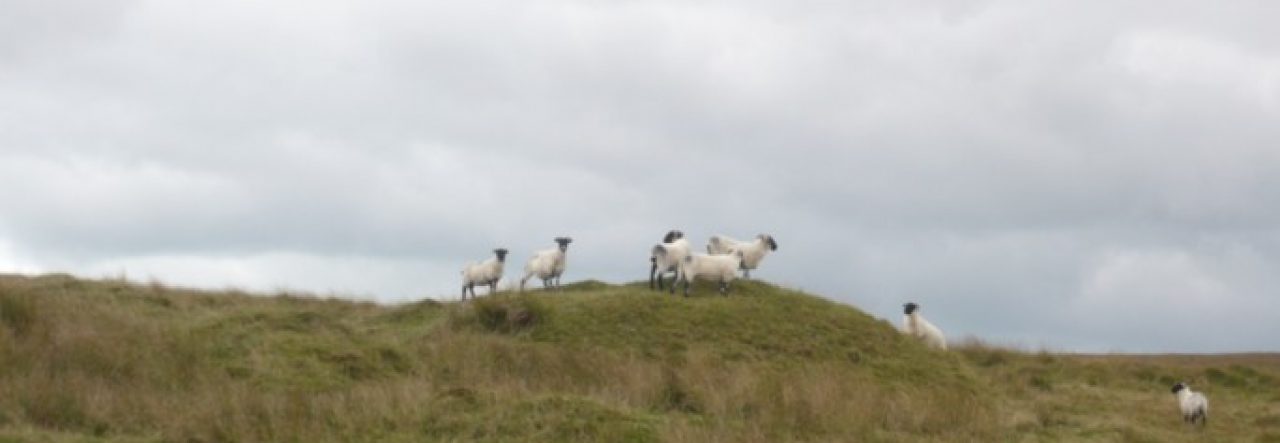Again, a disclaimer. I am not a legal expert, and you may feel it necessary to use authoritative sources to check the information I am presenting here.

In my last post I talked about the potential issues around using someone else’s art on the cover of your book.
Equally, you can fall foul of copyright law very easily when blogging. Or Twittering or Instagramming or anything else like that. I am truly astonished by the number of bloggers who appear to be unaware that copying a photograph off the internet and putting it on their blog leaves them open to legal action. And putting a note under the photograph reading ‘copied from x or y’ merely makes it easier for people to notice. There are many sites where you can download free images to use this way, but taking them from others is asking for trouble.
If it comes to the attention of the copyright owner, the least of your problems could be a ‘Cease and desist’ email from a lawyer, warning you to remove the image immediately. It is also possible that a fine is demanded, with the threat of legal action. Don’t ignore this or treat it lightly. It means Trouble.
This is one reason I don’t re-blog posts as often as I might. If I re-blog one with a dodgy image, I am also leaving myself open to legal action.
But what if it comes to your attention that your work has been taken this way? Let’s say someone steals your pictures and content, and puts them up on their site without permission or accreditation. I don’t mean a re-blog, which is a different thing altogether (as long as you follow the rules!) but Intellectual Property Theft, which is what I’ve been talking about all along.
What can you do about this?
Firstly, you might prefer just to grin and bear it, annoying though it is. After all, it’s just a blog post and is it worth the fuss? Although if it was a site making money from your work, that might be another thing altogether.
Obviously, you might want to take legal action, in which case you will check carefully what it might cost you and the chances of success. There are many reasons it could be a costly and difficult process.
(Of course, this is no reason to think you can break the law with impunity. You may well come up against a determined copyright owner)
Personally, I’m inclined to send a message to the infringer along the lines of: ‘I’ll put up a link to your blog from mine. The bad news is it will include key words such as ‘property theft’ and ‘(the infringer’s name)’ which will be found by search engines for as long as the page exists’ which might well deter them. After all, it is common knowledge that potential employers, for example, tend to have a good look on the internet for information on potential employees.
It might work, I suppose. Has anyone had this problem and had to deal with it?

